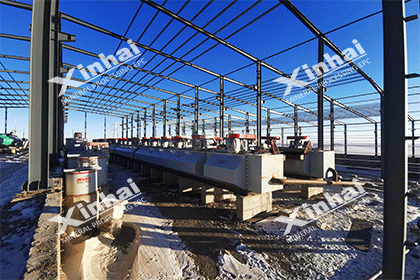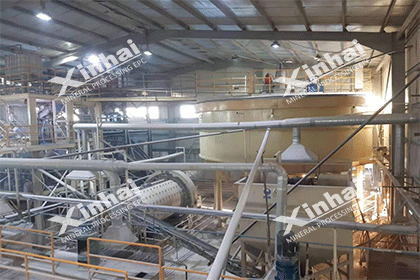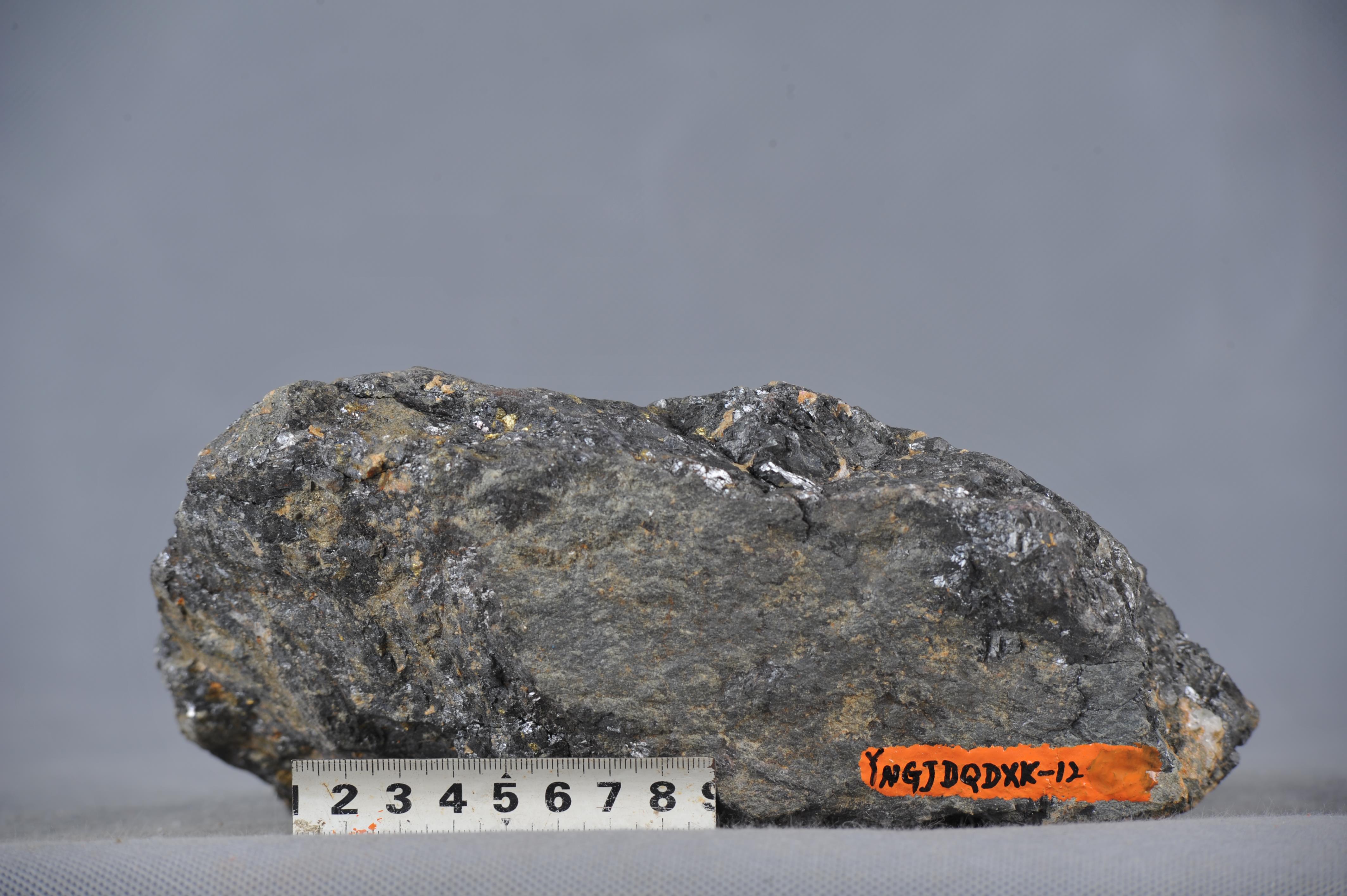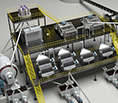Alluvial Gold Mining and Mineral Processing
 Sheena
Sheena
 May 19, 2025
May 19, 2025
 1566
1566
If you want to know more details about equipment, solutions, etc, please click the button below for free consultation, or leave your requirements!
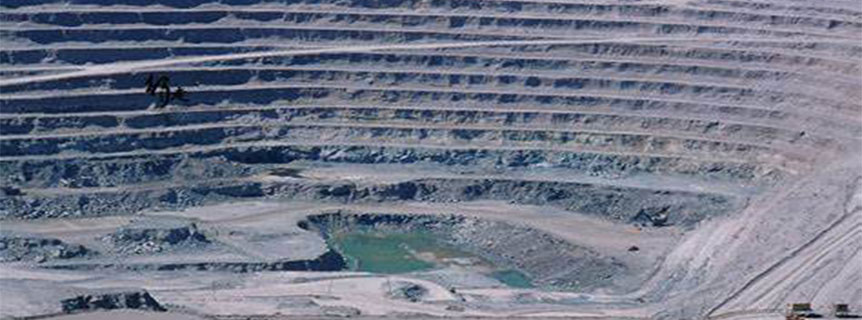
alluvial-gold-mining
01Introduction
BackIn this article, we explore the methods, equipment, and environmental considerations involved in alluvial gold mining and mineral processing. Whether you’re a small-scale miner, investor, or industry professional, understanding these processes can help you tap into lucrative opportunities in gold recovery.
02What Is Alluvial Gold?
BackAlluvial gold refers to gold particles found in loose sediment, typically in riverbeds, deltas, or ancient stream channels. These deposits form when gold erodes from its original source and is transported by water, eventually settling due to its high density.
03Alluvial Gold Mining Methods
BackThere are two main types of alluvial mining: artisanal/small-scale mining (ASM) and large-scale commercial mining. The method chosen depends on the size of the deposit, capital available, and regulatory environment.
1. Manual Panning
Gold panning is the simplest and oldest technique used mainly by artisanal miners. A shallow pan is used to agitate sediment with water, allowing heavier gold to settle at the bottom.
Pros: Low cost, environmentally friendly
Cons: Labor-intensive, low recovery rate
2. Sluice Box
A sluice box uses running water and riffles (small barriers) to trap gold particles. Miners shovel material into the box, where gold is caught in riffles while lighter material flows out.
Pros: Higher recovery than panning, scalable
Cons: Requires continuous water source, moderate labor
3. Trommel Screens
Trommels are rotating cylindrical screens used to wash and separate materials by size. They are often used in conjunction with sluices or shaking tables.
Pros: Efficient screening of materials
Cons: High energy usage, maintenance needed
4. Dredging
Dredging involves using suction or mechanical buckets to remove gold-bearing sediment from riverbeds. This is often used in large-scale mining operations.
Pros: High throughput, suitable for deeper deposits
Cons: High environmental impact, capital-intensive
5. Highbankers and Wash Plants
Modern operations use portable wash plants, including highbankers, trommels, and gold concentrators to increase efficiency. These plants wash, classify, and concentrate gold in one integrated system.
04Mineral Processing of Alluvial Gold
BackAfter mining, the gold-bearing material must be processed to recover the gold efficiently. Unlike hard rock processing, alluvial gold processing is generally simpler due to the gold's natural liberation.
1. Classification and Screening
Before recovery, material is screened into different size fractions using vibrating screens or trommels. Fine particles may be directed to centrifuges, while coarse particles go to sluices or jigs.
2. Gravity Separation
Because gold is denser than most other minerals, gravity separation is the primary recovery method.
Common Gravity Separation Equipment:
Centrifugal Concentrators (e.g., Knelson, Falcon): High recovery of fine gold
Shaking Tables: Separates gold from heavy minerals using vibration and flow
Jigs: Pulsating water current separates based on density
3. Cyanidation (for Finer Particles)
For ultra-fine alluvial gold, cyanide leaching may be used in larger operations, although it's more common in hard rock mining. Due to toxicity, this method requires strict environmental controls.
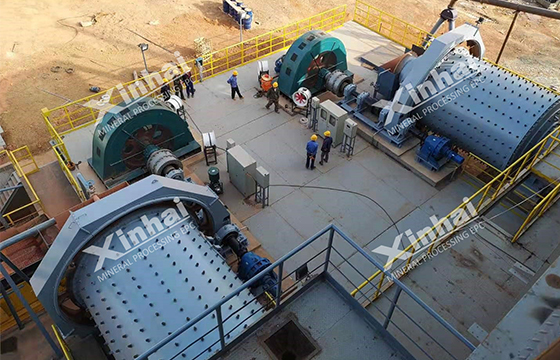
05Equipment Used in Alluvial Gold Mining
BackEfficient alluvial gold mining requires a combination of low-tech and advanced equipment:
| Equipment | Purpose |
|---|---|
| Gold pan | Manual separation |
| Sluice box | Gravity concentration |
| Trommel | Screening and washing |
| Shaking table | Fine gold recovery |
| Gold concentrator | Centrifugal separation |
| Excavators & loaders | Material handling |
| Water pumps | Supply and circulation |
06Artisanal vs Industrial Alluvial Mining
Back
| Aspect | Artisanal Mining | Industrial Mining |
|---|---|---|
| Scale | Small | Large |
| Equipment | Manual/basic | Advanced/machinery |
| Capital | Low | High |
| Recovery Rate | ~30–60% | >90% |
| Environmental Impact | Variable | Potentially higher but more regulated |
07Future Trends in Alluvial Gold Mining
BackEco-friendly processing: Use of gravity separation and bioleaching over mercury or cyanide
Digital tools: GPS mapping, drone surveys, and AI for deposit assessment
Modular plants: Portable, scalable wash plants for remote areas
Blockchain: Ensuring ethical gold sourcing through transparent supply chains
08Conclusion
BackAlluvial gold mining and mineral processing remain vital components of the global gold supply chain. By combining traditional methods with modern technologies, miners can achieve efficient, sustainable, and profitable operations. Whether artisanal or industrial, the key to success lies in understanding the geology, applying the right equipment, and adhering to responsible mining practices.
 +86 183 3575 8886
+86 183 3575 8886 pinklaurabao@gmail.com
pinklaurabao@gmail.com



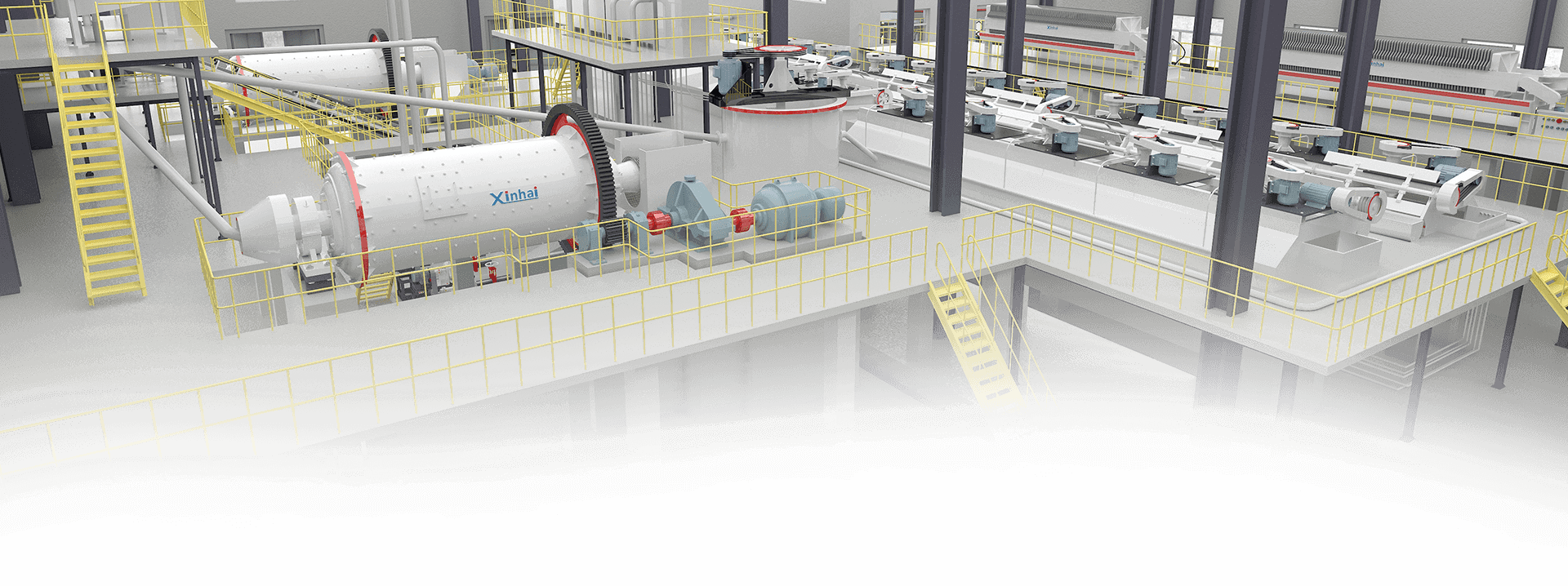
 Message
Message Chat Now
Chat Now


